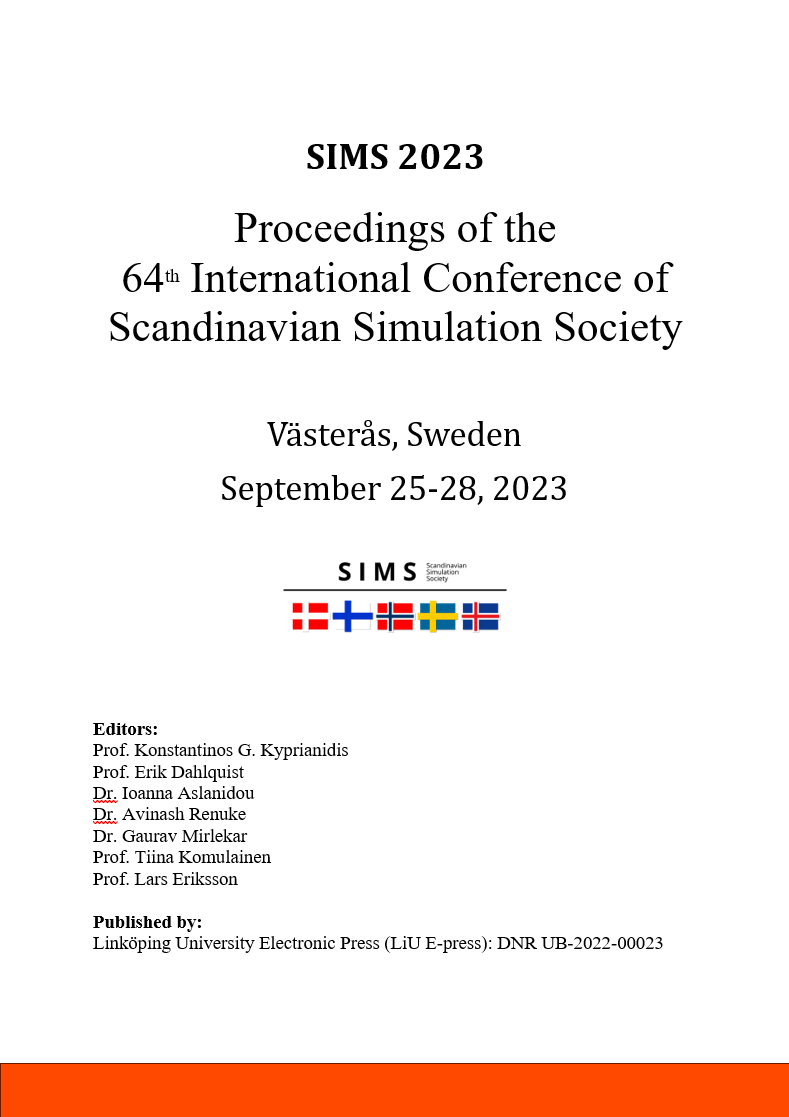Developing a Multi-Building Scale Energy Model for a University Campus using URBANopt
DOI:
https://doi.org/10.3384/ecp200026Keywords:
Building energy modeling, Multi-building model, Reference building, Energy efficiencyAbstract
Building energy models are developed to describe energy performance. The energy performance of buildings is influenced by physical and human influenced factors. Therefore, to improve energy efficiency and renewable energy implementation in buildings on large scale, there is a need to analyze buildings on a large scale. In this study, URBANopt, a multi-building energy evaluation tool, was used to develop an accurate Multi building scale energy model for a university campus. This model will be useful in the future work to evaluate various available and emerging building-level and district-level technologies and retrofitting options to improve energy performance. URBANopt is a unique tool that leverages high-fidelity simulations of buildings, community-scale systems, distributed energy resources, and the associated interactions with local distribution electric infrastructure. A university campus in Norway was chosen as a case study. Results obtained from URBANopt were compared with a typical building energy simulation model in IDA-ICE for a representative building. This representative building was developed based on building characteristics, functionality, and geographic location, including indoor and outdoor climate conditions. Both models were validated by using measurement data. The results showed better simulation accuracy of the multi-building method of URBANopt with the measurement data, mainly due to the averaging of the characteristics of all buildings in the development of the representative building. Furthermore, the URBANopt allowed assigning a different scenario of technologies and retrofit options to each building in the evaluation process, which is impossible in the typical model due to its nature. However, it should be pointed out that the computational time of the model developed in URBANopt was higher and will increase more with the increased number of buildings.Downloads
Published
2023-10-19
Issue
Section
Contents
License
Copyright (c) 2023 Hamed Mohseni Pahlavan, Natasa Nord

This work is licensed under a Creative Commons Attribution 4.0 International License.

